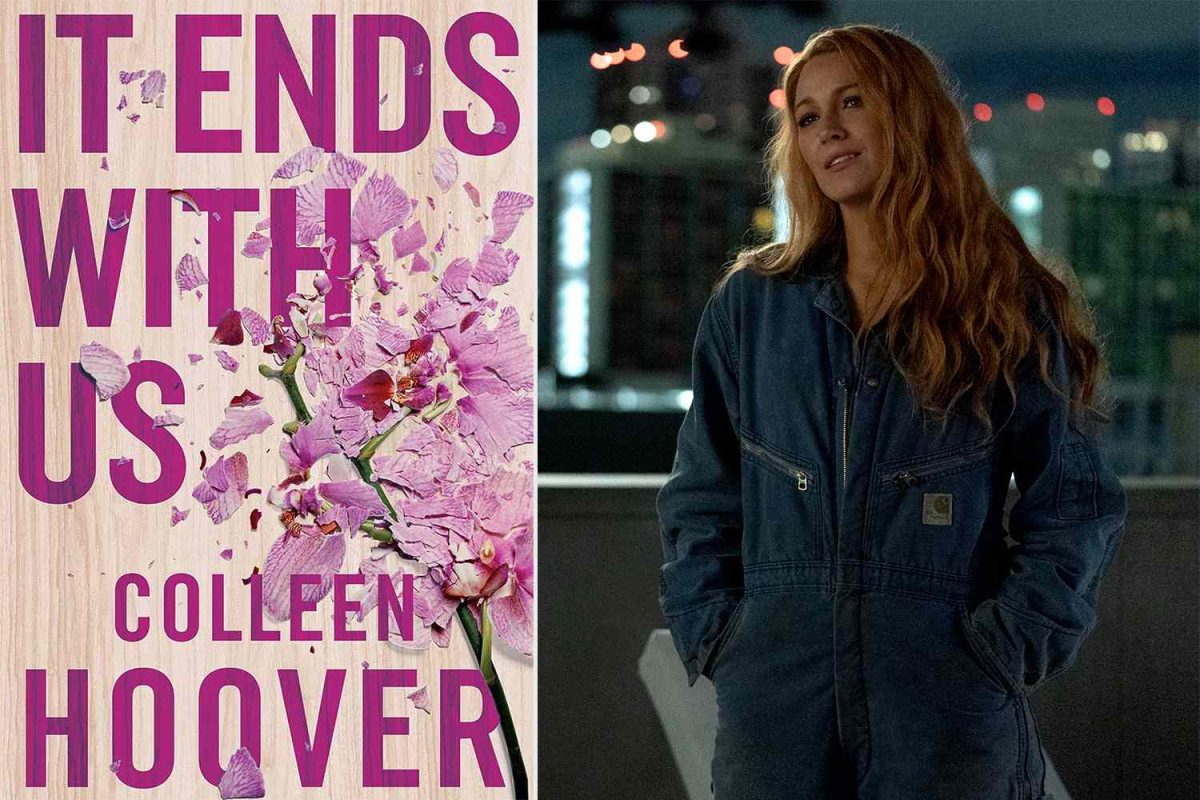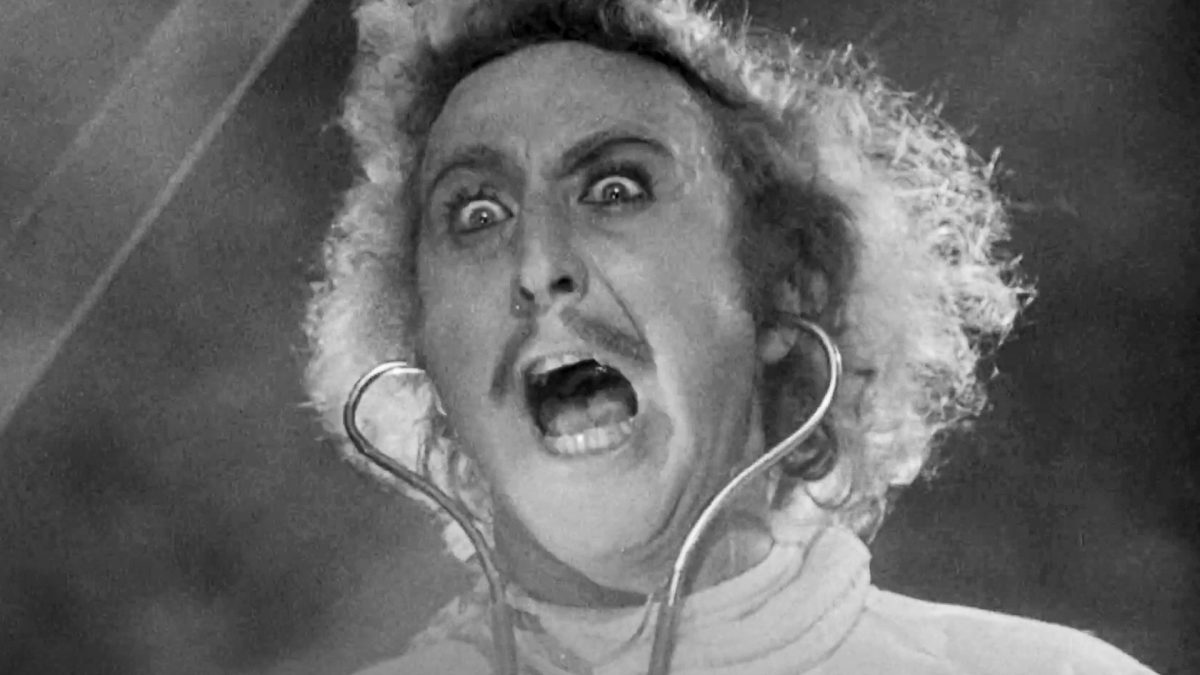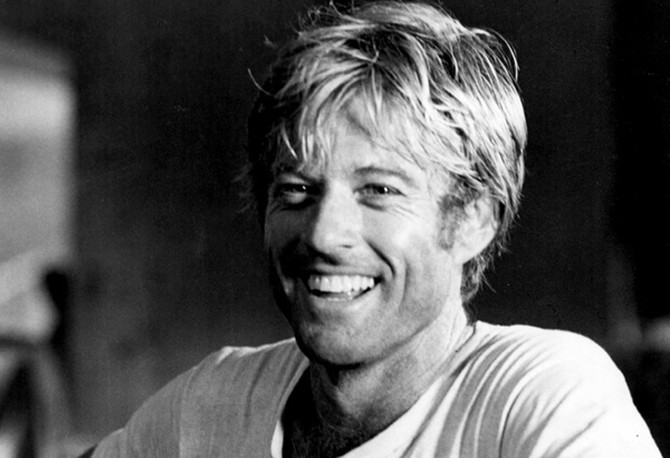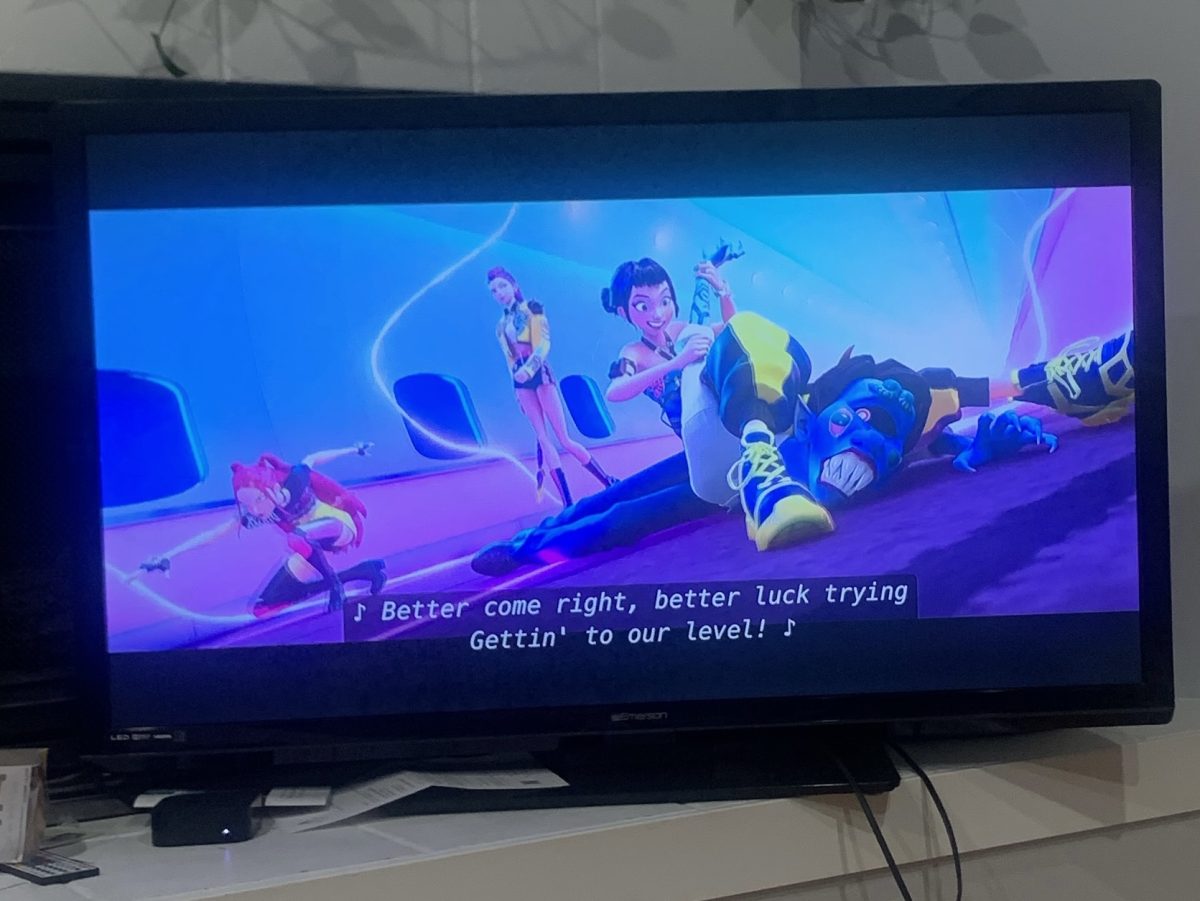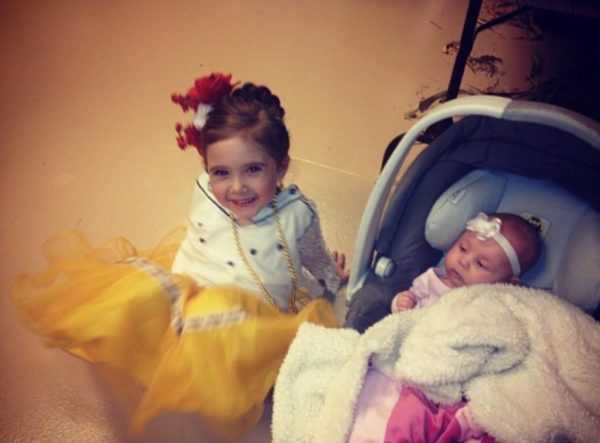Trigger warning: The themes of both the novel and the film include those of domestic abuse, sexual abuse, and there is an abundance of sexual activity. These topics are discussed below, and as such, are recommended to be read with caution.
Relationships of any kind bring light to the lives of everyday people. Whether you’re with friends, your crush, or spending time with your family, basic human interactions serve to bring meaning to life.
However, not all relationships are healthy or safe to stay in, and though it may be difficult, getting out of a dangerous situation is imperative to overall health and well-being. In Colleen Hoover’s It Ends with Us, she highlights the importance of breaking the cycle of domestic abuse, but is it written well or is it just another mediocre romance novel?
Hoover has been writing for years, and with 26 books translated into 20 languages and a total of 35 million copies sold worldwide, it’s safe to say she’s well-known. Her best-selling novel It Ends with Us first hit the shelves in 2016, and has since outsold the Bible*, James Patterson,* Dr. Seuss* and others. After becoming a TikTok sensation, It Ends with Us has recently been adapted for film, and has grossed $345 million worldwide since its release in August of 2024.
Through all of this, the story behind this popular novel is a controversial one. It is broken up into two parts, and follows Lily Bloom, a florist living in Boston, through her past and present relationships with two different men: Atlas and Ryle. Atlas was her first love, and their story is told through flashbacks and journal entries until she runs into him ten years later and sparks fly. Ryle, on the other hand, is a dedicated neurosurgeon with whom she scandalizes, falls in love with, and then marries.
Unfortunately, the illusion of their perfect world shatters when Ryle loses his temper one night and physically assaults Lily. Having seen this before with her parents, Lily is unsure whether this was a single-incident or will become something worse. After all, it is difficult to leave someone you’re in love with.
It illustrates how to break the cycle of abuse of any kind, it showcases a strong female main character, and great imagery. For example, the book and film got the audience strongly attached to Ryle before showing how things can change in a matter of seconds. The biggest takeaway is how it’s okay to still love someone, but it’s not acceptable to let their detrimental behaviors continue.
What could be worked on:
It Ends With Us had unnecessary material as well as a lack of imperative words of caution. The story normalizes “hook up culture”, there is an overabundance of sexual activity, there is illegal intercourse between an adult and minor. The actual writing style would have been good, had it been written in Hoover’s true voice instead of trying to be “hip.”
In addition, all avid readers know that a trigger warning serves to do just that: warn the reader of heavy content, explicit language, or smut (written sexual activity, or anything alluding to it). This novel did not have one! This was simply because Hoover “didn’t want to include one”***. The most critical detail is when there is an attempted rape scene. To be appropriately adapted for film it was altered, and the movie included profanity and biting. Just because it was changed doesn’t mean it should be ignored!
Other heavy topics include strong language, physical abuse, sexual activity, mentions of suicide, and the accidental shooting of a young boy. It Ends with Us romanticizes unhealthy behaviors such as smoking, casual intimacy, and not reporting acts of domestic violence. To the average person, these aren’t topics to casually read about, and as such a warning should have been given.
Furthermore, Lily Blossom Bloom– the main character, and yes, this is her real name–is literally portrayed as a teenager in Part I! The main story line occurs as she’s 23 with journal entries from her fifteen and sixteen year old years. In the movie, Lily is still 23, but is portrayed by Blake Lively who is 37 years old.
This is by no means attempting to hate on Blake! The only frustration comes from the inconsistency, and how Lily seems to act, think, and feel the exact same as when she was an actual teenager. Even her style was a mess, as seen with her classic crop top and beanie outfit in the film. (Also, an honorable mention to her best friend Alyssa who wears a leather bodysuit to clean and renovate a flower shop.)
There were times while reading this book that I wanted to throw it across the room, and while watching the movie, I audibly sighed.
What worked well:
Once you can get past these things, this story really does carry important themes that are necessary to know about. Principally how being in an abusive relationship doesn’t seem that way until you’re stuck in one. Throughout the book and movie, Ryle and Lily share great moments together of honesty (they call them “naked truths”), trust, and joy, which is exactly how these relationships will go.
Those caught in one will try to justify the actions or words of their partners because they “aren’t always like that,” or do something so wonderful they can overlook the abuse. THIS IS NOT NORMAL. Those caught in one of these relationships will realize why it’s so hard to leave, but those who aren’t only spend their time wondering why the abused wouldn’t or couldn’t leave.
Hoover explains that “people spend so much time wondering why the women don’t leave [but] where are all the people who wonder why the men are even abusive? Isn’t that where the only blame should be placed?” (pg. 216 of It Ends With Us) The issue is that the abuser is doing so in the first place! This is what’s targeted in the book, and this is what should be taught! It is never in any way the victim’s fault, and as a society we should be trying to help those who can’t get out of abusive situations.
From an analytical perspective, the abuse scenes were written professionally and the reader could tell that Hoover wasn’t trying to romanticize it. As seen in the movie, Lily reacts negatively to all three attacks; she immediately realizes what happened was wrong and confronts Ryle about it. This is how these events should be handled in real life, not by ignoring them or justifying them.
The book also highlights the importance of how to free yourself or loved ones from abusive relationships, and how the right choice isn’t always the easiest. Lily is able to break free from her relationship with Ryle at the end of the novel, and straight up tells him she wants a divorce. This wasn’t easy, as they’d been married for almost a year, Lily had just given birth (literally minutes before), and they truly did love each other. Lily’s courage inspires others to dig deep and save themselves. She shows that it is never too late to make the right choice.
Something I did appreciate, and I imagine most readers did too, is how Lily completely cuts Ryle out of the lives of her and her daughter in the movie. In the original book, Lily goes off on a monologue (which can be seen below), basically stating how the best thing for her and her daughter’s future is to not involve Ryle in it. She then proceeds to share custody of her baby and consistently meets up with Ryle! The importance of this book is sharing how the cycle must end in order to save the abused, so the fact that the book ended this way was a disappointment.
Overall, It Ends With Us has an important message to be shared, and though it may not be told in the most conventional way, it still impacts the lives of those all around us.
If you or anyone you know is a victim of domestic violence and could use assistance in leaving a dangerous situation, please visit www.thehotline.org or call (800) 799-7233.




